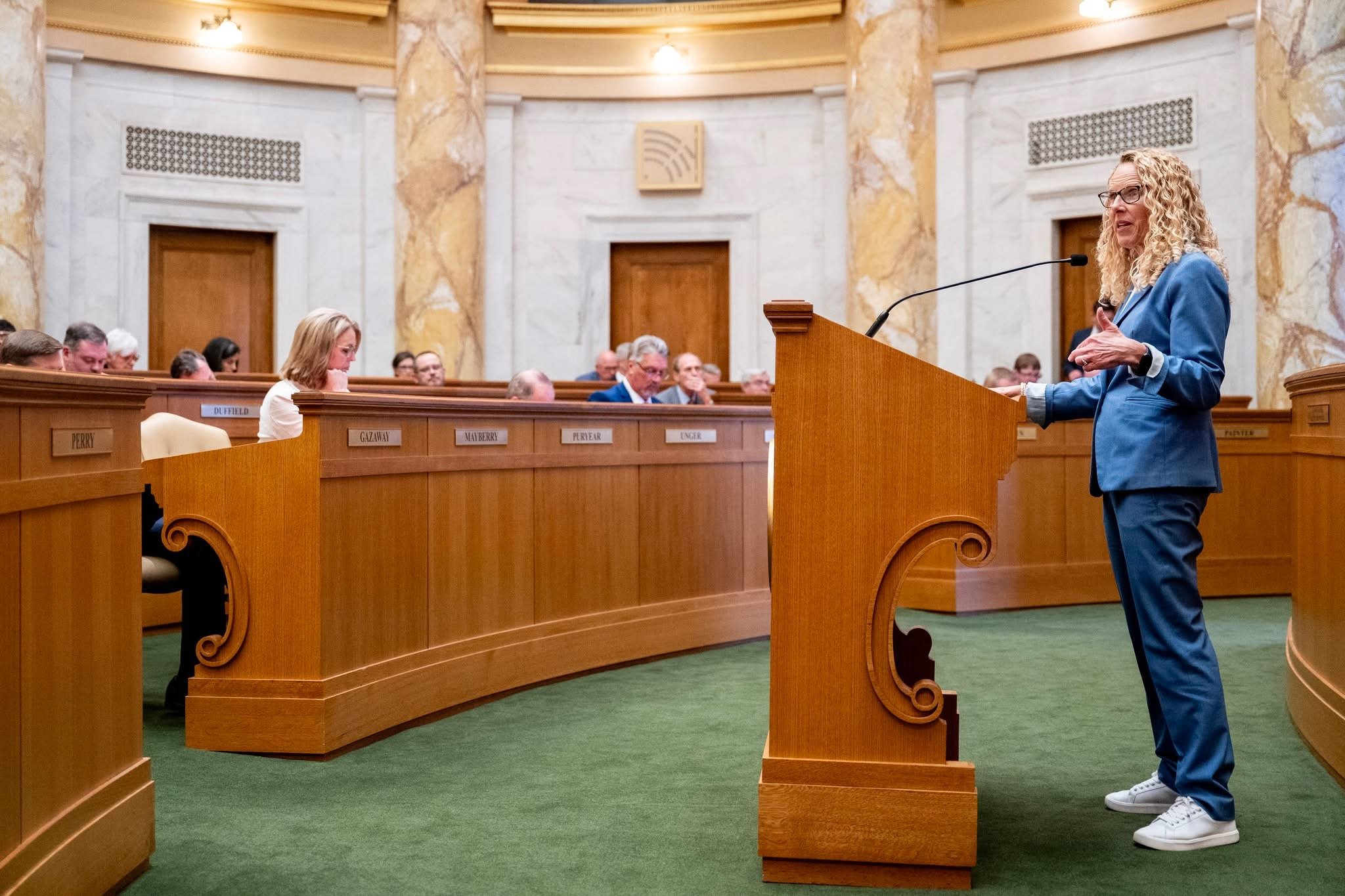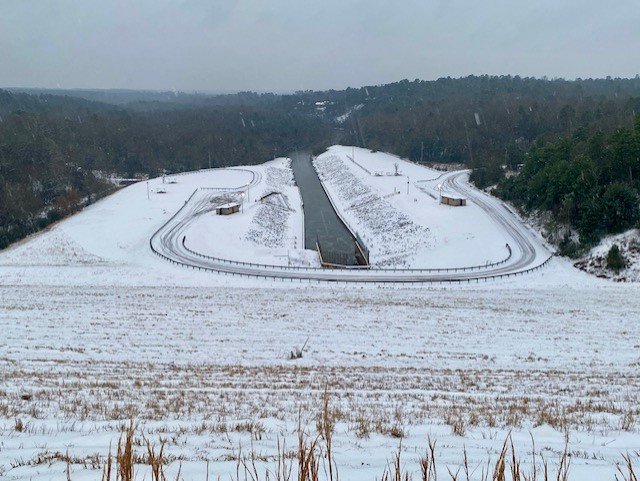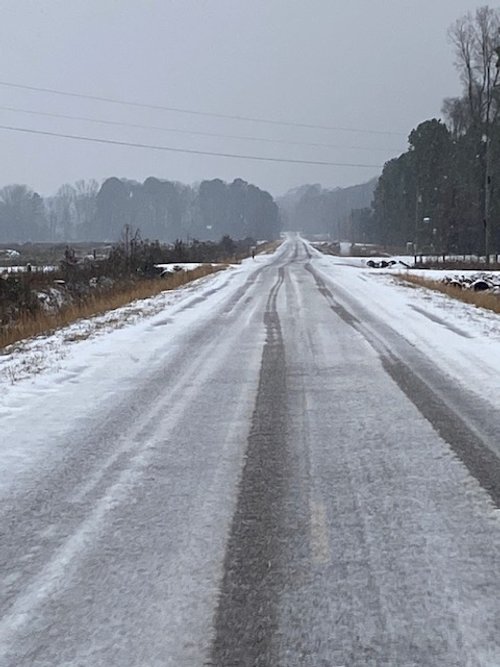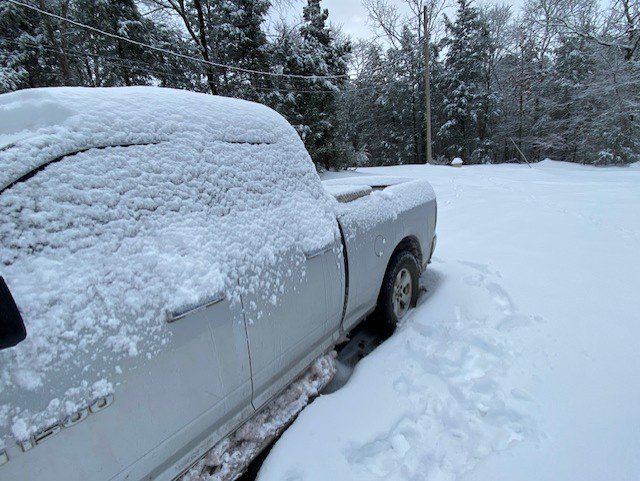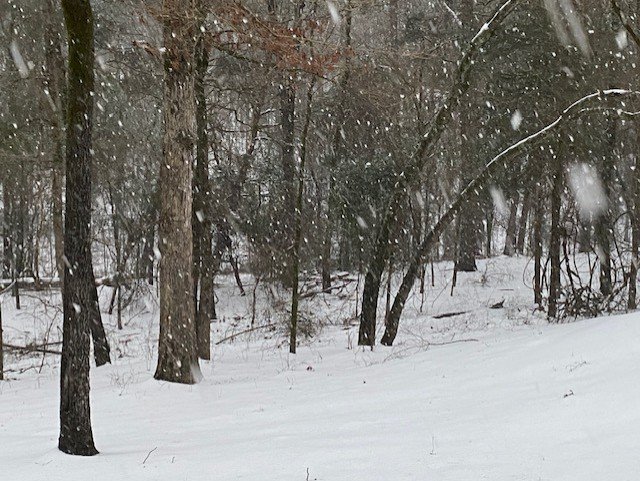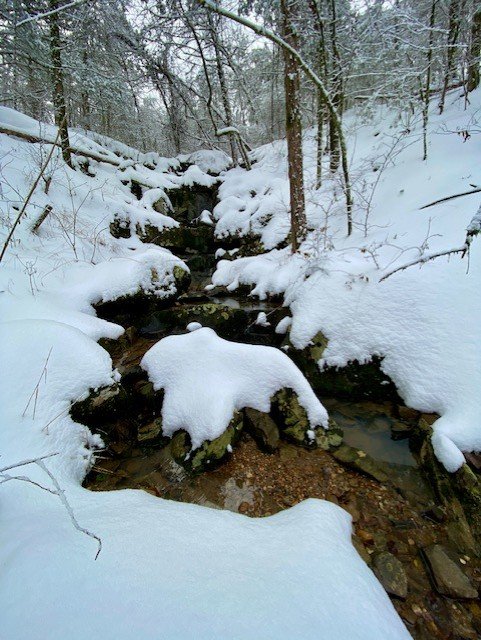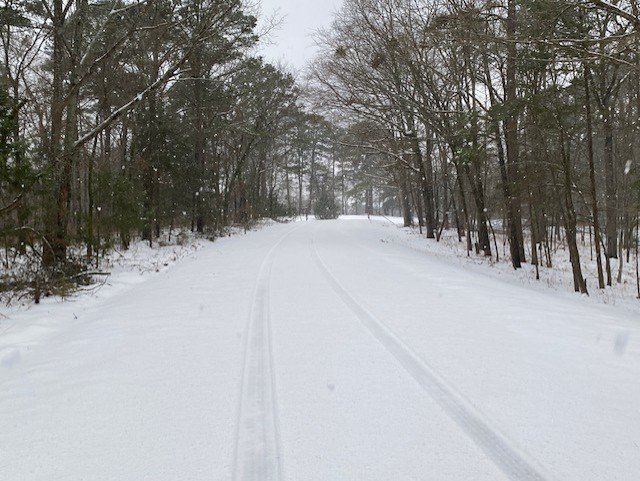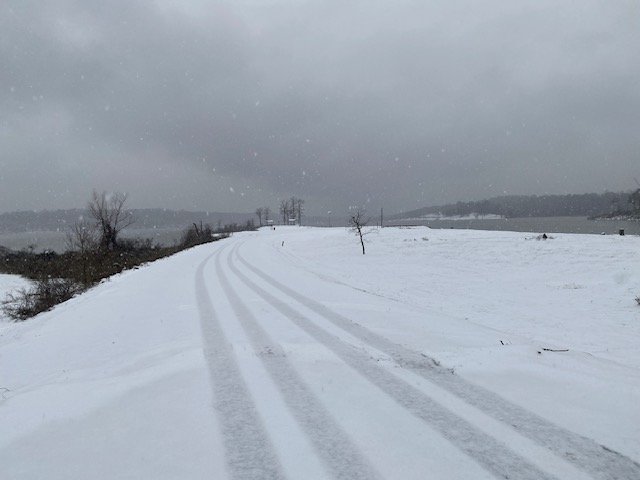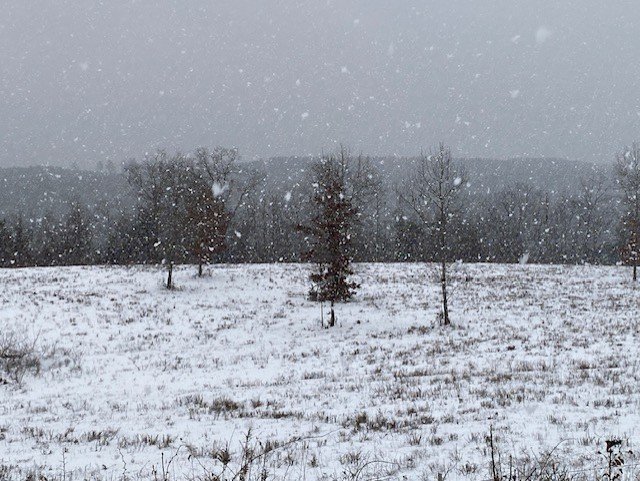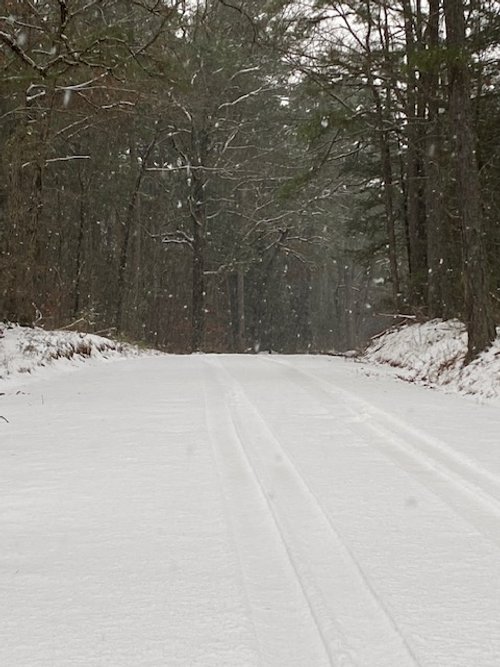Scene of flooding in Arkansas, April 6-7, 2025. (Division of Agriculture image.)
TO ALL TO WHOM THESE PRESENTS COME – GREETINGS:
EO 25-08: EXECUTIVE ORDER TO PROVIDE RELIEF PURSUANT TO THE EMERGENCY DECLARED IN EXECUTIVE ORDER 25-07.
WHEREAS: On April 2, 2025, severe storms, flooding, and tornadoes began in Arkansas, and continue to cause danger, hardship, and suffering throughout the state;
WHEREAS: Adverse circumstances have been brought to bear upon citizens and public properties within the State of Arkansas and certain political subdivisions require assistance from the state to recover from these losses;
WHEREAS: On April 2, 2025, by Executive Order 25-07, a state of emergency was declared in Arkansas as a result of the severe weather outbreak, pursuant to the Emergency Services Act, codified at Ark. Code Ann. §§ 12-75-101, et seq.;
WHEREAS: Ark. Code Ann. § 12-75-114(e)(1) authorizes the Governor to suspend any regulatory statutes if compliance with those statutes would delay action in coping with the declared emergency;
WHEREAS: Ark. Code Ann. § 26-18-505 authorizes the Secretary of the Department of Finance and Administration to grant a reasonable extension of time to file any return required under any state tax law upon written request for good cause shown. Good cause includes when any taxpayer is affected by a disaster emergency declared by the Governor; and
WHEREAS: Strict compliance with certain statutes would hinder necessary action in coping with the emergency in the following affected counties:
Arkansas CountyAshley CountyBaxter CountyCalhoun CountyChicot CountyClark CountyClay CountyCleveland CountyColumbia CountyConway CountyCraighead CountyCrawford CountyCrittenden CountyCross CountyDallas CountyDesha CountyDrew CountyFaulkner CountyFranklin CountyFulton CountyGarland CountyGrant CountyGreene CountyHempstead CountyHot Spring CountyIndependence CountyIzard CountyJackson CountyJefferson CountyLafayette CountyLawrence CountyLee CountyLincoln CountyLittle River CountyLonoke CountyMarion CountyMiller CountyMississippi CountyMontgomery CountyNevada CountyNewton CountyOuachita CountyPerry CountyPhillips CountyPike CountyPoinsett CountyPolk CountyPope CountyPrairie CountyPulaski CountyRandolph CountySaline CountyScott CountySearcy CountySebastian CountySevier CountySharp CountySt Francis CountyStone CountyUnion CountyVan Buren CountyWhite CountyWoodruff County
NOW THEREFORE, I, SARAH HUCKABEE SANDERS, acting under the authority vested in me as Governor of the State of Arkansas and pursuant to Ark. Code Ann. §§ 12-75-101, et seq., and the state of emergency declared in Executive Order 25-07, do hereby order the following:
The Secretary of the Department of Finance and Administration is hereby ordered to extend the 2024 income tax filing date and income tax payment date and 2024 pass through entity tax filing date and pass-through entity tax payment date from April 15, 2025, to July 31, 2025, for those citizens who reside or whose businesses are located in the affected counties. This extension includes 2024 returns of Individuals, Subchapter S Corporations, C Corporations, Pass-Through Entities, Fiduciaries and Estates, Partnerships, and Composite returns.
Individuals and entities in the affected counties will have until July 31, 2025, to file income tax and pass-through entity returns and pay income and pass-through entity taxes that were originally due between April 2, 2025, and July 31, 2025.
This relief includes return and extension payments due between April 2, 2025, and July 31, 2025.
The Secretary of the Department of Finance and Administration is hereby ordered to extend the deadline under Ark. Code Ann. § 26-51-913(a)(2) to make a quarterly estimated income tax payment between April 2, 2025, and June 30, 2025, for those citizens and businesses located in the affected counties to July 31, 2025.
The Secretary of the Department of Finance and Administration is hereby ordered to extend the deadline under Ark. Code Ann. § 26-65-107(b)(1) to make a quarterly estimated pass-through entity tax payment between April 2, 2025, and June 30, 2025, for those citizens and businesses located in the affected counties to July 31, 2025.
The provisions of Ark. Code Ann. § 26-18-505(a)(1) requiring a written request for an extension to file an individual income tax return are hereby waived through July 31, 2025, for citizens who reside or whose businesses are located in the affected counties.
The provisions of Ark. Code Ann. § 26-18-505(a)(4) requiring the promulgation of rules to waive the requirement for a written request for an extension are hereby waived through July 31, 2025.
The provisions of Ark. Code Ann. § 27-16-805 and § 27-16-806 requiring payment of a fee for a duplicate driver’s license, instruction permit, or identification card are hereby waived for citizens who reside in the affected counties from the date of this order through July 31, 2025.
The provisions of Ark. Code Ann. § 27-14-705(e) requiring payment of a $10.00 fee for expedited title processing service are hereby waived for affected citizens who reside in the affected counties from the date of this order through July 31, 2025.
The provisions of Ark. Code Ann. § 26-18-508 and § 26-52-510(a)(4) assessing interest and penalty for failure to timely register a vehicle are hereby waived for citizens who reside in the affected counties from the date of this order through July 31, 2025.
The provisions of Ark. Code Ann. § 27-14-1004(a) assessing penalty for failure to timely register a vehicle or renew a vehicle registration are hereby waived for citizens who reside in the affected counties from the date of this order through July 31, 2025.
IN TESTIMONY WHEREOF, I have hereunto set my hand and caused the Great Seal of the State of Arkansas to be affixed on this 11th day of April, in the year of our Lord 2025.


